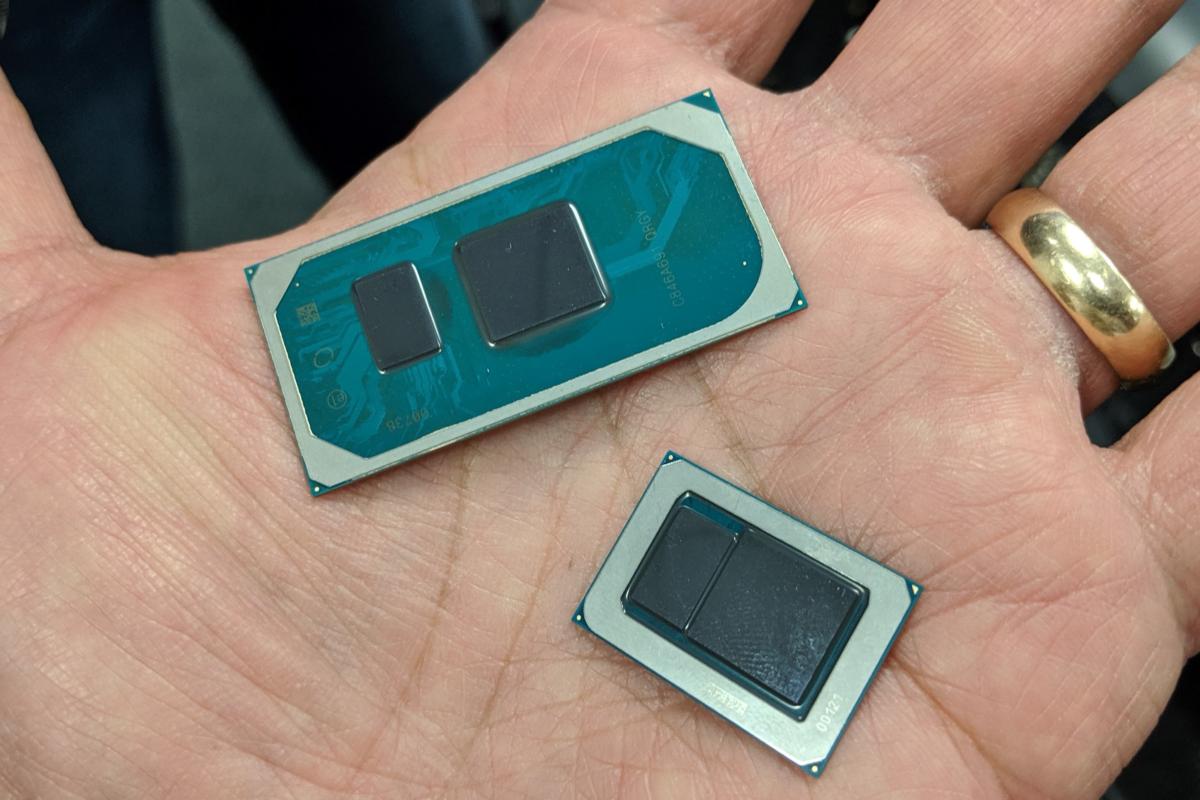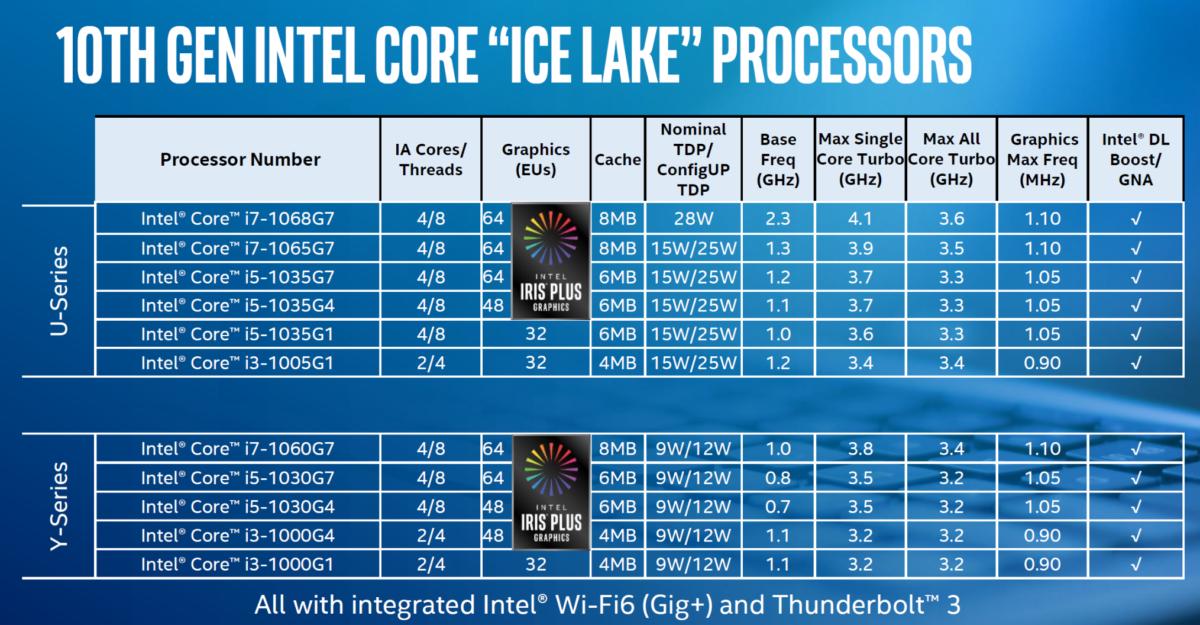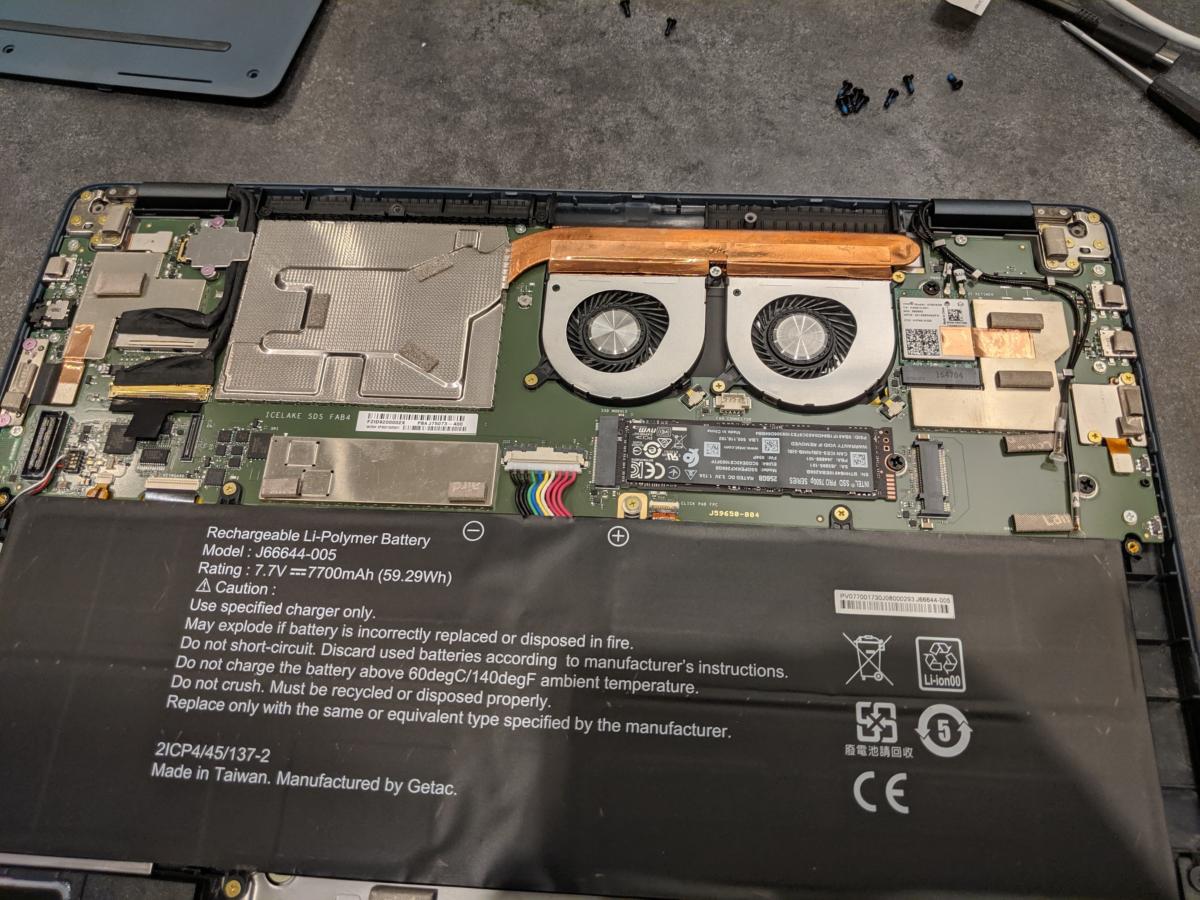
To say there’s quite a bit driving on Intel’s upcoming 10th-gen Ice Lake CPU could be an understatement.
Seemingly caught in the mud at 14nm for a number of generations, the chip big as AMD pushing its left flank on desktops and servers, and Qualcomm coming over a hill on its proper flank. So yeah, there’s quite a bit driving on how good Intel’s new 10nm Ice Lake CPU is.
The excellent news for Intel is that its 10th-gen Ice Lake CPU certainly seems like a win finally. Intel let a handful of {hardware} reviewers, PCWorld included, poke and prod Ice Lake CPUs forward of at present’s launch. Read my colleague Mark Hachman’s companion piece on Intel Ice Lake specs and options for particulars on the whole household.
The upshot? It’s a decently quick CPU that gives all the pieces from delicate to improbable efficiency buffs over at present’s quickest thin-and-light laptop computer CPUs.
 Intel
IntelWe examined the second quickest 10th gen Core i7 CPU.
How we examined
For this check, Intel gave us early entry to Software Developer Systems (SDS) laptops, which the firm has custom-built as testbeds for software program companions. The laptops have been outfitted with 256GB Intel 7600P SSDs, 8GB of LPDDR4X/3733 RAM in dual-channel mode, and a 10th-gen Core i7-1065G7 Ice Lake chip that was configurable to both 15-watt or 25-watt modes. The laptops had the newest 1903 construct of Windows 10 put in.
The Core i7-1065G7 options 4 cores with Hyper-Threading, a base clock of 1.3GHz and most single-core Turbo Boost of three.9GHz. An all-core enhance tops out at 3.5GHz. The graphics core runs at 1.1GHz and options 64 execution items (EUs). The complete cache in the chip is 8MB.
There have been no testing constraints positioned on reviewers. We have been allowed to run any check we needed inside the enterprise day we had entry to the laptops.
We know cynical individuals will say the laptops have been ringers designed to make the chip look higher. To ensure the laptops weren’t hooked as much as hidden water chillers in the basement of the constructing, we requested Intel to crack open an SDS laptop computer.
 Gordon Mah Un
Gordon Mah UnThe inside of the Intel SDS laptop we used to test 10th-gen Ice Lake CPUs shows pretty anemic cooling compared to a high-performance thin-and-light laptop.
Inside we noticed what gave the impression to be fundamental cooling, with a single heat-pipe and twin followers. No thermal or TDP score was given for the cooling, nevertheless it wasn’t something to jot down residence about. A Dell XPS 13 9380, for instance, options two huge warmth pipes inside it, and Dell likes to brag about how a lot cooling it jammed in there.
That mainly means the efficiency you see here’s a baseline setting. While it should range relying on every laptop computer design, there’s seemingly a ton of headroom whenever you put this CPU right into a laptop computer reminiscent of Dell’s XPS 13 9380.
Finally, the SDS may run between its base 15 watts of thermal restrict, or its configurable TDP of as much as 25 watts. We tried to run at each settings the place time allowed.
Most of our comparisons have been run in opposition to a Dell XPS 13 9380 and an…
https://www.pcworld.com/article/3412071/intel-10th-gen-ice-lake-performance-benchmarks.html#tk.rss_all















